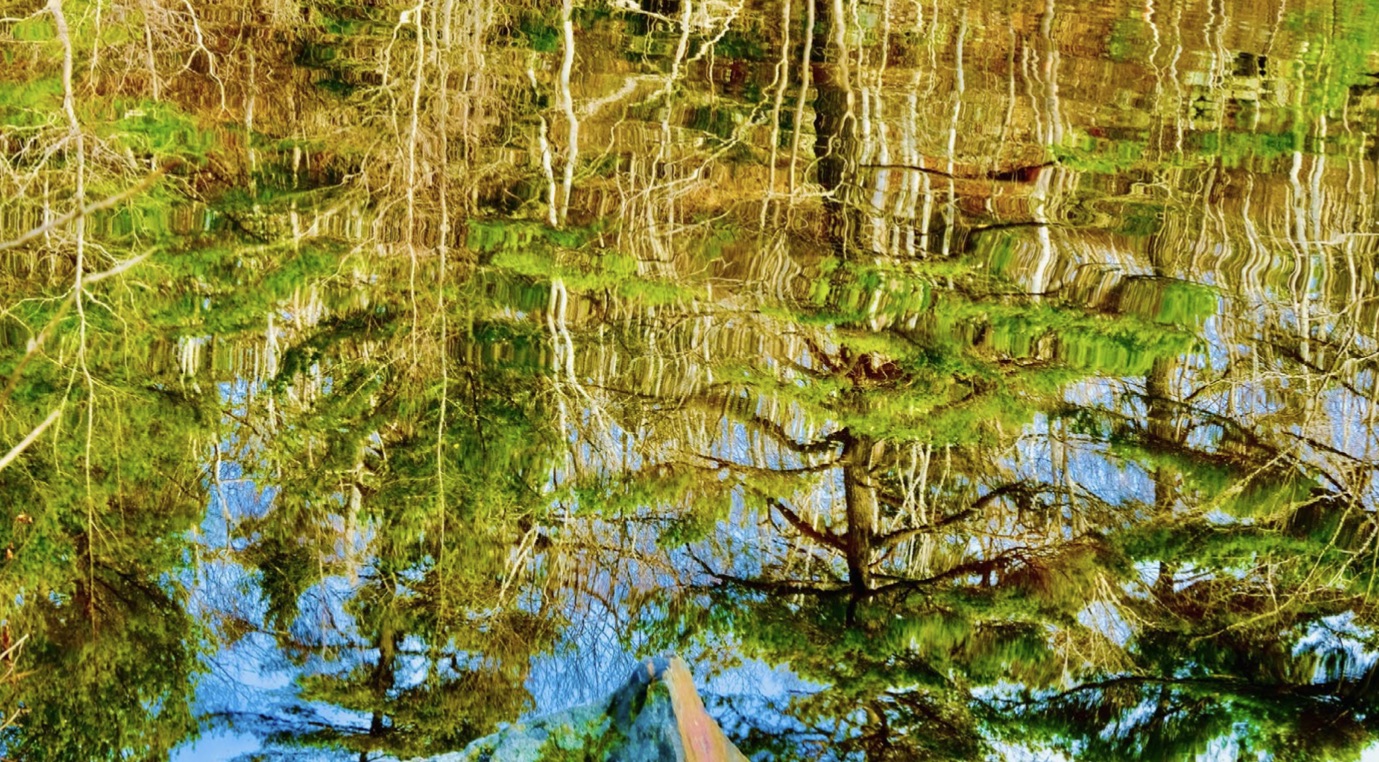Turning Cancer into Medicine
Storying Healing through Imagery
—
Published: 26 April 2023
Indigenous medicines
Indigenous healing
Cancer
Storying
Photo First Voice.
https://doi.org/10.17157/mat.10.1.7035
Abstract
This Photo Essay explores my experience with cancer and healing using Indigenous traditional medicines. I use Photo First Voice, a form of auto-ethnography, to story my ‘living’ experience with cancer, which includes getting in touch with and honouring my Indigenous roots (Algonquin/French) attending healing ceremonies, and becoming an Oshkaabewis (a healer’s helper) myself. I integrate photographic images into this essay to illustrate my experiences and to enhance the meaning of the words I have committed to these pages. Each image represents a different aspect or level of knowledge and healing. These images and text are followed by a discussion in which I weave fragments of experience together to narrate a living (inter)relationship with the earth, towards a more balanced whole. Indigenous medicines set in motion major changes in my life, which are fundamental to my ongoing healing. In this context, the term ‘medicine’ refers to Indigenous knowledges that contribute to healing, healing ceremonies, teachings, and plant medicines (mainly Ojibwe).
